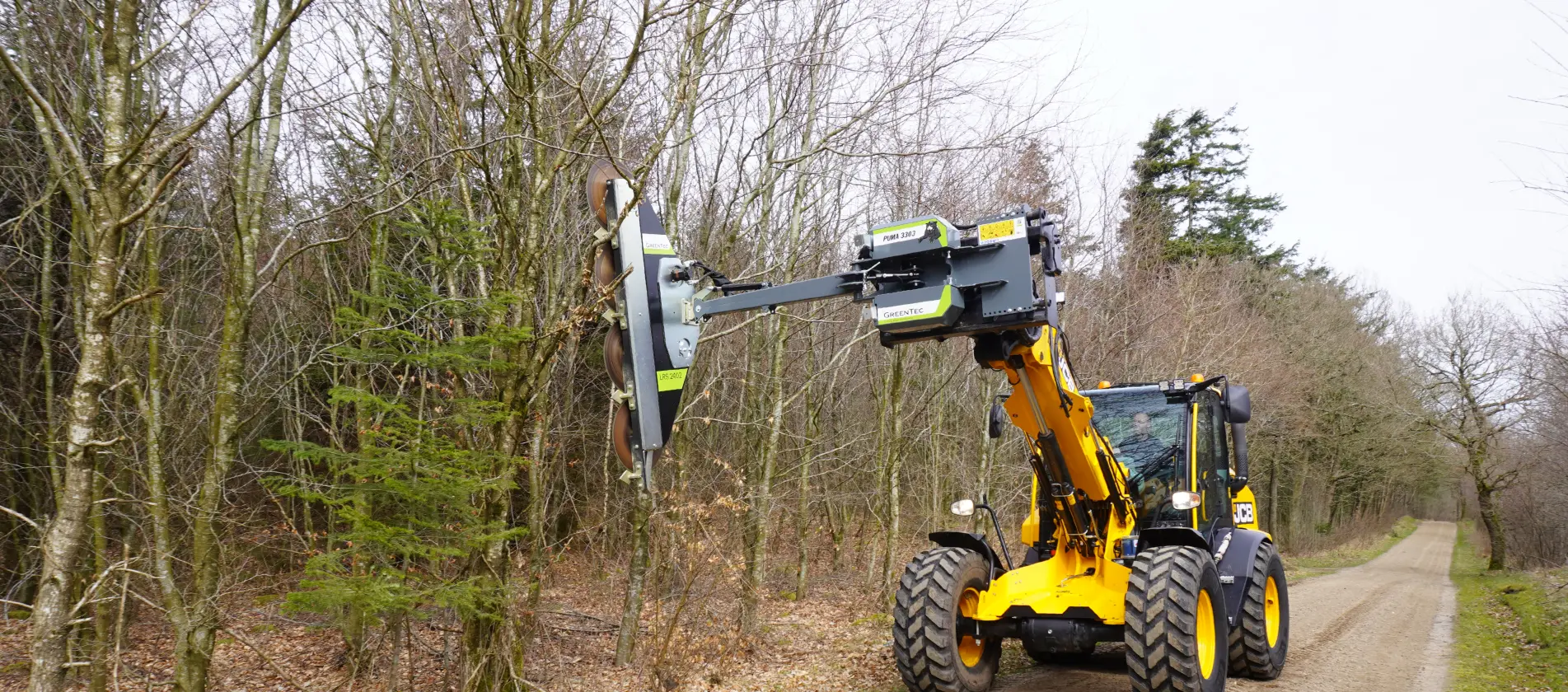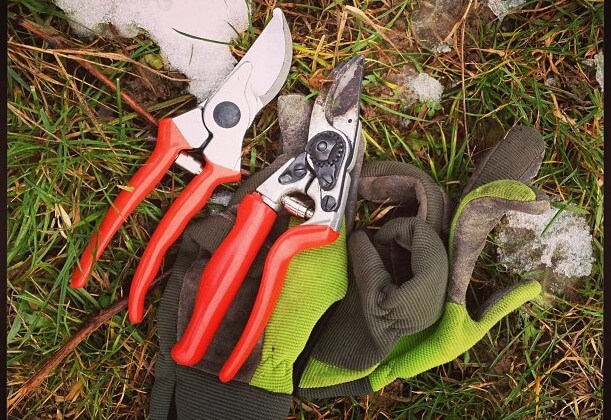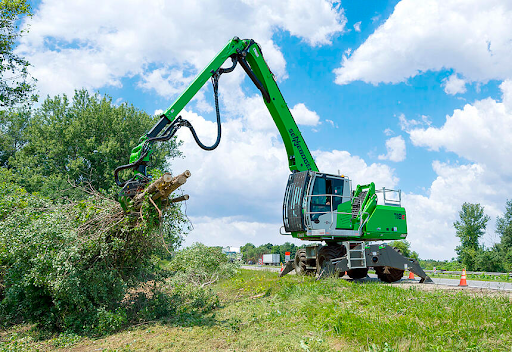Understanding the Importance of Tree Trimming Equipment
Tree trimming is not just about maintaining the aesthetic appeal of your garden or yard; it’s also essential for the health of your trees. But to achieve the best results, having the right tree trimming equipment is crucial. Without the proper tools, you might damage the tree or even hurt yourself in the process. So, whether you’re a homeowner with a few trees or a professional arborist, understanding the equipment needed for tree trimming can make a world of difference.
The Basic Tools for Tree Trimming
Pruning Shears
Pruning shears are often the go-to tool for basic tree trimming tasks. These are small, handheld tools perfect for cutting branches up to ¾ of an inch thick. They are great for precision cuts, allowing you to shape your tree and remove small branches or dead twigs. There are two types of pruning shears: bypass shears, which are ideal for live branches, and anvil shears, which are best for dead or dry branches.

Loppers
When branches are too thick for pruning shears, loppers step in. Loppers are essentially large pruning shears with long handles, giving you leverage to cut thicker branches—usually up to 1½ inches in diameter. The extended reach and extra cutting power make loppers an excellent tool for medium-sized branches.
Hand Saws
For branches thicker than what loppers can handle, hand saws are the next step up. Hand saws come in various designs, but they all serve the same purpose—cutting through larger branches or trunks. These are perfect when you’re dealing with trees that need more serious trimming, but you want the precision that a powered saw might not offer.
Advanced Tree Trimming Equipment
Pole Pruners
Got tall trees? Pole pruners are your friend. These are essentially pruning shears or saws mounted on a long pole, allowing you to trim branches that are out of reach without needing a ladder. The added length makes trimming tall trees safer and easier.
Chainsaws
Chainsaws are a game-changer for tree trimming, especially for large trees or thick branches. Whether you’re dealing with a tree that’s overgrown or a branch that’s become a safety hazard, chainsaws make quick work of the job. However, they require caution—one slip and you could damage the tree or injure yourself. Chainsaws come in various types, such as electric or gas-powered, each with its pros and cons.
Safety Gear for Tree Trimming
Helmets and Goggles
Safety first! Helmets and goggles are essential when trimming trees, especially when you’re working with power tools or trimming large branches. Debris and falling limbs can be hazardous, so protecting your head and eyes should be a top priority.
Gloves
Tree trimming can be rough on your hands, especially when dealing with thorny branches or rugged bark. A good pair of gloves will protect your hands from cuts, scrapes, and blisters. Leather gloves are widely favored for their long-lasting durability.
Harnesses and Ropes
For large trees or jobs that require you to climb, harnesses and ropes are non-negotiable. They provide support and ensure you’re safe while working at heights. This is especially important for professional arborists, but even homeowners should consider using them for particularly tall trees.
Power Tools for Efficient Tree Trimming
Electric Chainsaws
Electric chainsaws are ideal for smaller trees or branches. They are lighter and quieter compared to gas-powered versions, making them perfect for residential use. Plus, they’re easier to maintain since you don’t have to worry about gas or oil.

Gas-Powered Chainsaws
For larger jobs, a gas-powered chainsaw is the tool of choice. These chainsaws pack more power and can handle bigger branches or trees. However, they are heavier, noisier, and require more maintenance than electric chainsaws.
Maintenance of Tree Trimming Equipment
Cleaning Your Tools
Be sure to thoroughly clean your tools after every use. Sap, dirt, and debris can build up on blades, reducing their effectiveness over time. A simple wipe down with a cloth and some mild detergent will keep your tools in good shape.
Sharpening Blades
Dull blades not only make tree trimming harder but can also damage the tree. Regular sharpening is key to ensuring clean cuts that heal quickly and prevent disease.
Choosing the Right Equipment for Your Needs
The key to successful tree trimming is choosing the right tool for the job. tree trimming equipment Consider the size of the branches, the height of the tree, and how often you’ll need to trim. While it might be tempting to go for the most expensive tool, sometimes a basic set of shears is all you need. Balancing cost, efficiency, and safety is crucial.
Conclusion
Tree trimming is an essential part of maintaining the health and beauty of your trees, but it requires the right equipment. Whether you’re using basic tools like pruning shears or more advanced options like chainsaws, understanding your tools and how to use them can make the job easier, safer, and more effective.

